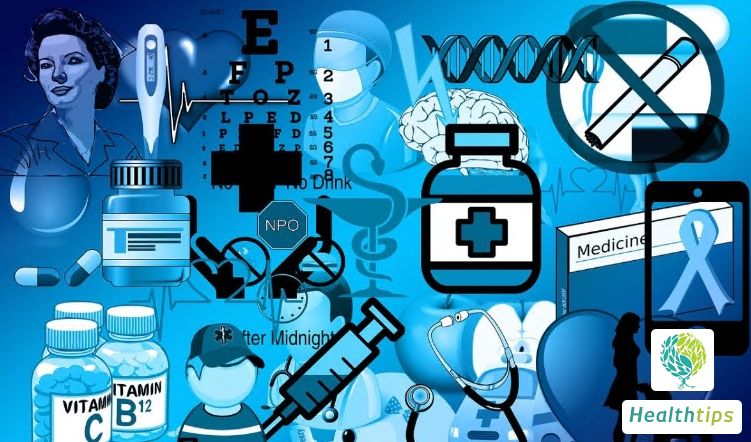What are some examples of sudden onset diseases?
1. Nervous system: cerebral hemorrhage, cerebral infarction, and traumatic brain injury. Cerebral hemorrhage refers to bleeding caused by the rupture of blood vessels within the non-traumatic brain parenchyma, accounting for 20% to 30% of all strokes. The causes are mainly related to cerebrovascular diseases, which are closely associated with hyperlipidemia, diabetes, hypertension, vascular aging, smoking, etc. Patients with cerebral hemorrhage often suddenly fall ill due to emotional excitement or exertion. The early mortality rate is high, and most survivors have various degrees of motor disorders, cognitive impairments, speech and swallowing disorders, and other sequelae.

2. Cardiovascular system: myocardial infarction, pericardial tamponade, heart tumors blocking blood flow, various fatal arrhythmias, trauma, rupture, or dissection of the heart or large blood vessels, extensive pulmonary embolism, and heart inhibition caused by extreme fear. Acute myocardial infarction is myocardial necrosis caused by acute and sustained ischemia and hypoxia of the coronary arteries. Clinically, there is often severe and persistent pain behind the sternum, which cannot be completely relieved by rest and nitrates. It is accompanied by increased serum myocardial enzyme activity and progressive ECG changes, and may be complicated by arrhythmias, shock, or heart failure, often life-threatening.
3. Respiratory system: severe and even bilateral pneumothorax, hemopneumothorax, asphyxia caused by foreign body impaction, drowning, smoke inhalation, allergies, acute severe attacks of asthma or COPD in some cases. Factors that induce pneumothorax include vigorous exercise, coughing, lifting heavy objects or raising the upper arms, weightlifting, straining to defecate, and blunt trauma. When coughing vigorously or straining to defecate, the pressure in the alveoli increases, causing the rupture of damaged or defective lung tissue and resulting in pneumothorax.



















